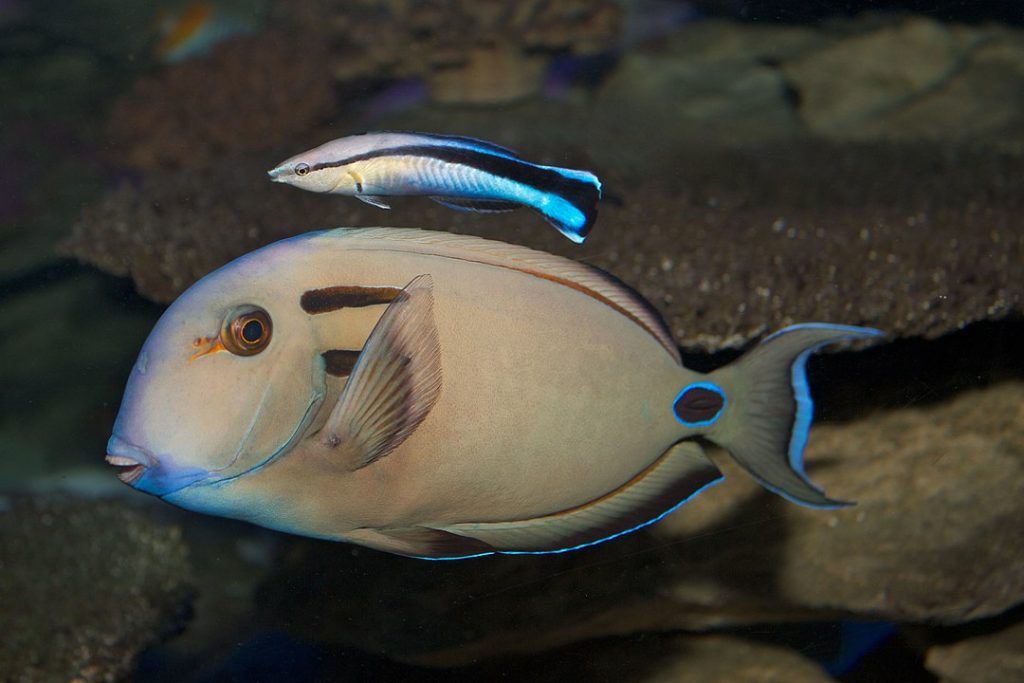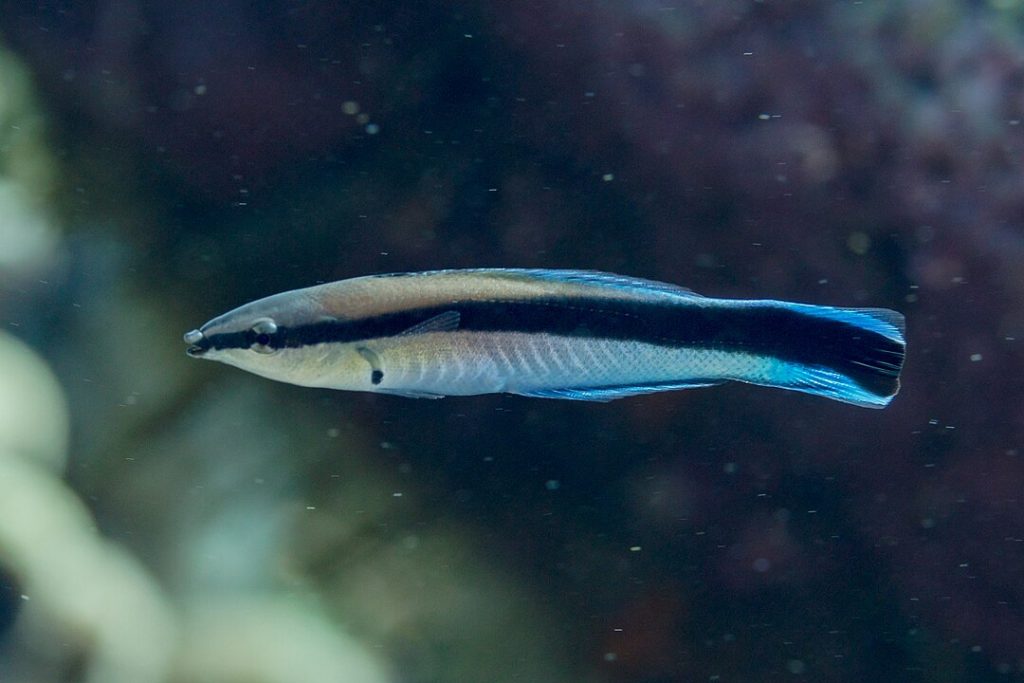Aquariums are serene and beautiful, but sometimes, they can witness challenges like fish skin peeling. Understanding this phenomenon through real-world examples is crucial for any aquarium enthusiast.
This article delves into various case studies that shed light on fish skin peeling issues. Each case presents unique circumstances, diagnoses, treatments, and outcomes, offering invaluable insights into aquatic health management.
By examining these real-life scenarios, we aim to provide practical advice and preventative strategies to maintain the health and well-being of your aquatic pets. Let’s explore these cases to understand better and address this common yet concerning issue.
Case Study 1: The Guppy with Peeling Skin
Background: In a small home aquarium, a guppy named Leo showed signs of skin peeling. The tank, maintained at 78°F, had a slight imbalance in pH levels.
Diagnosis: Upon noticing the peeling skin, the owner tested the water parameters, finding the pH was slightly off. A local aquarium specialist suggested it could be a bacterial infection.
Treatment: Leo was isolated in a quarantine tank. The owner treated the water with a recommended antibacterial medication and adjusted the pH levels.
Outcome: Leo’s skin condition improved significantly after a week of treatment. His appetite returned, and he was more active. The owner realized the importance of regular water testing and maintaining a stable environment.
Case Study 2: The Molting Molly
Background: A Molly fish in a community tank exhibited unusual skin peeling. The tank was well-maintained, with regular water changes and a balanced diet.
Diagnosis: Initial thoughts were stress-related due to recent changes in the tank environment. However, a closer examination revealed the presence of tiny parasites.
Treatment: The entire tank was treated with an anti-parasitic medication. Molly was also given a salt bath to help in such cases.
Outcome: The treatment was successful. Molly’s skin condition improved, and no further issues were observed. This case underscored the importance of parasite monitoring, even in well-maintained tanks.
Comparative Analysis
Comparing these two case studies, we observe distinct causes and treatments for fish skin peeling.
In Case 1, the issue stemmed from environmental factors, specifically water quality, leading to a bacterial infection. The solution involved isolation and water treatment.
In contrast, Case 2 involved a parasitic infection, requiring a different treatment approach that included a full tank of medication and salt baths. These cases underscore the diversity of issues leading to skin peeling and the need for tailored responses based on careful diagnosis.
Understanding the nuances of each situation is key to effective fish health management.
Expert Insights

To enhance our understanding of fish skin conditions, we sought the expertise of Dr. Jessie Sanders, a respected authority in aquatic veterinary medicine. Dr. Sanders, a certified aquatic veterinarian through the World Aquatic Veterinary Medical Association, offers a wealth of knowledge from her experience treating various aquatic species.
Dr. Sanders emphasizes the critical role of early detection in addressing fish skin issues. “Noticing changes in your fish’s behavior or appearance is crucial. Skin peeling, for instance, can be an early sign of various underlying health issues,” she advises. Dr. Sanders also highlights the significance of a species-specific approach to fish care. “Each fish species has unique health requirements. Being well-informed about these can help prevent many common ailments,” she explains.
Furthermore, Dr. Sanders advocates for regular health check-ups and consultations with aquatic veterinarians. “Like any other pet, fish benefit greatly from routine veterinary care. This helps in early disease detection and ensures their overall well-being,” she adds.
Her insights underline the importance of proactive care and the need for specialized knowledge in treating and preventing fish skin conditions. Her expertise is instrumental in guiding fish owners toward better care practices and understanding the complexities of aquatic animal health.
For more comprehensive information on Dr. Jessie Sanders’s work and aquatic veterinary medicine, you can visit Fish Vet – Aquatic Veterinary Services.
Preventive Measures
Prevention is key in avoiding fish skin peeling. Regular water testing is essential to ensure the right conditions are maintained. Overcrowding should be avoided as it can lead to stress and increased waste, adversely affecting water quality. A balanced diet specific to each fish species helps maintain their immune system.
Quarantining new fish before adding them to an existing tank can prevent the spreading of diseases and parasites. Finally, observing your fish regularly for behavioral or physical changes can help catch issues early, allowing timely intervention.


